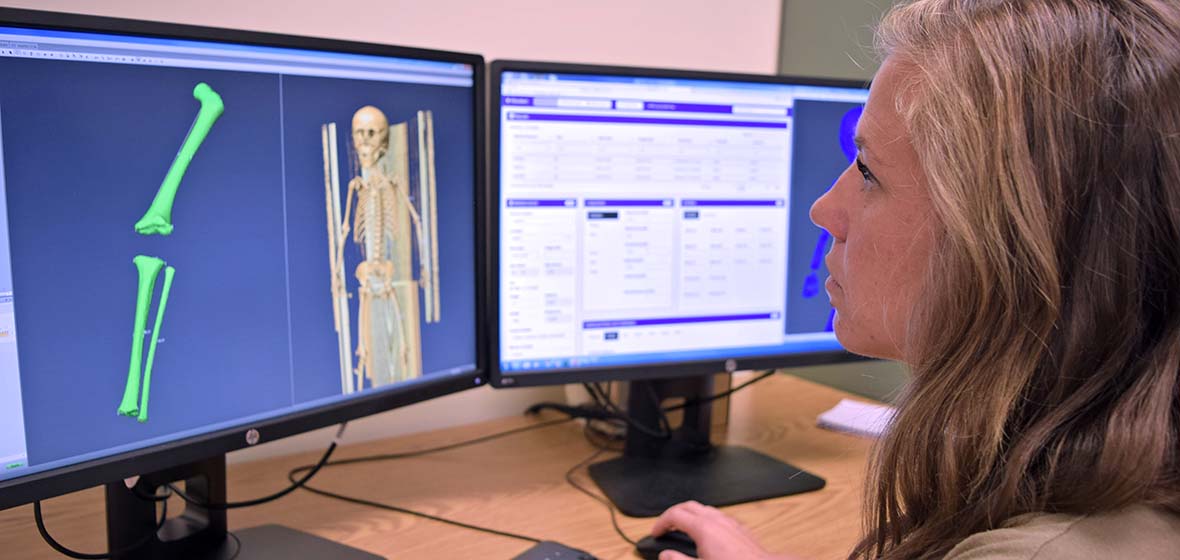Recent events could not have made the more than $2.3 million in grants more timely for the University of Nevada, Reno's anthropology department. From recent hurricanes, tumultuous earthquakes and devastating fires, the timing is seamless for College of Liberal Arts researcher Chris Morgan, associate professor of anthropology, and College of Science researcher, Scott Mensing, professor of geography, both who study the ecology of forest fires and the changes in vegetation as it relates to human development. In particular, the duo is looking at the prehistoric environment along the California side of the Sierra Nevada.
The fall semester isn't even at a close and the anthropology department is busy planning the work that needs to be done as a result of the millions in secured funding this semester. Whether it's doing research in forensics to help identify people who are subjects of natural disasters, to the work that archaeologists are doing to study fire patterns and how that may define our current environment, these grants are proof that the College of Liberal Arts is making waves in cutting-edge research.
Associate Professor of Anthropology and Department Chair Carolyn White said, "These are all incredible grants - this is a shocking bounty - just to have that kind of success and have our department fire on all cylinders across all fields is extremely exciting."
Assistant Professors Chris Jazwa and Kyra Stull are also a part of that bounty. As part of their National Science Foundation grant, Jazwa and Morgan are researching human relationships with the environment and the effects on humans in the past. Stull is pioneering efforts to improve "sub-adult age and sex estimation," thus, improving the ways in which unidentifiable human remains of children can be made identifiable.
Stull's research reflects "archeometry," or the scientific side of archaeology in dating materials. Stull was awarded two National Institute of Justice grants to be used for collecting data on the human remains of modern children including dental records, long-bone measurements and CT scans of children from birth to 15-years-old, born in the 21st century. The data will come from nine countries and nearly every continent to help provide a global model for age estimation.
Stull's research is particularly timely because of recent natural disasters in impoverished countries. Communities are unable to identify many of their own family members because DNA tests are too expensive. They also don't have access to resources like computed tomography. Stull aims to change that.
The process now is for forensic anthropologists to try to identify bodies based on dental records, CT scans or bone measurements, but those methods cannot be combined. An anthropologist may look at one tooth or one CT scan to provide one or two clues as to the age or sex estimation. Stull wants to improve a database she has already created, for the general public to use, to put in the data from many different types of resources and combine the results to provide more accurate identification qualities.
"Every culture wants a method that's useable within their own country to be able to identify children," Stull said. "At the end of it, the hope is that we will create a research program here and improve age estimation for sub-adults so that it's more useable and practical."
Not only is it important to develop useful applications for real-world problems, but it's also ideal to enhance the graduate program. Many of the grants awarded will support graduate student research. Stull's research funding will support one post-doctoral fellowship, one full-time doctoral student and one part-time doctoral student for two years.
"These grants show how relevant we are to real-world situations," Stull said. "This type of recognition can extend past the University of Nevada, Reno and even the city of Reno, and show that this is a growing department that is important to society."












